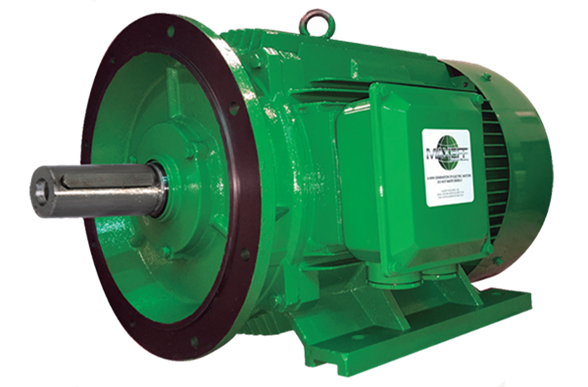Luvata has signed a 15-year lease that includes a major overhaul of its current superconducting wire manufacturing facility in Waterbury, Conn. The newly renovated 160,000-square foot facility will offer additional manufacturing space in addition to a state-of-the-art laboratory and is expected to be completed by the end of 2014.
 The additional manufacturing space will support Luvata’s on-going efforts to double sales of its Magnetic Resonance Imaging (MRI) superconducting wire. Luvata is a recognized manufactuerer in the supply of superconducting wire for medical diagnostic systems, high energy physics projects, and related applications.
The additional manufacturing space will support Luvata’s on-going efforts to double sales of its Magnetic Resonance Imaging (MRI) superconducting wire. Luvata is a recognized manufactuerer in the supply of superconducting wire for medical diagnostic systems, high energy physics projects, and related applications.
“I have been focused on the importance of this company as the anchor tenant at the Waterbury Industrial Commons since day one in office,” said Mayor O’Leary. “This lease agreement sets into motion what I am convinced will be one of the major economic development initiatives that the City of Waterbury has successfully implemented in decades.”
“Not only has the company decided to stay at WIC, it’s expanding its facility to encourage further production,” said said US Senator Chris Murphy.
“Luvata is committed in meeting our MRI customers’ needs for high quality superconducting wire,” said Luvata Waterbury President Jim Lajewski. “Expanding our manufacturing capacity in Waterbury will ensure we continue to meet these expectations. And I’d like to recognize Mayor O’Leary for his role in helping us do this.”
In addition to supplying MRI superconducting wire, Luvata superconductor strands were used at the heart of the Large Hadron Collider (LHC) at CERN, in Switzerland, the world’s largest highest-energy particle accelerator. In 2015, CERN plans an upgrade to the LHC super collider.
Introduced in the 1980s, new imaging modalities continue to emerge and widen the application scope of MRIs, moving from disease-cause-detection to monitoring the progress of treatment, which results in more scans per illness. The growing application for MRI images is also propelling the need for higher field strength magnets that offer superior image quality. Higher-field strength MRI machines with a larger bore for better patient access and comfort increases the length of wire needed for the magnet in a MRI system.



